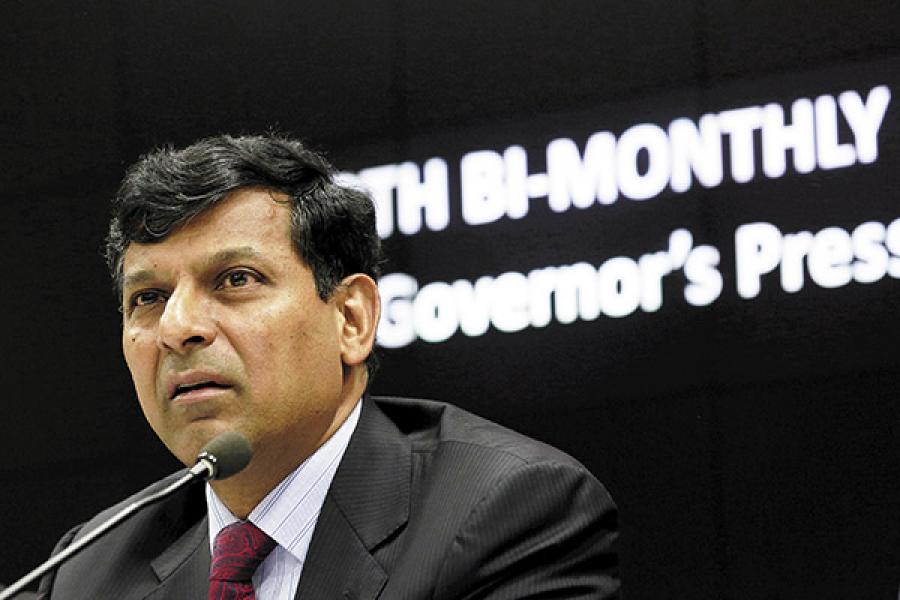
Indian economy poised to grow
With the RBI cutting the repo rate by 50 bps, increasing FDI inflows and greater public investments, conditions are primed for higher growth
Three important developments happened on September 29. The Reserve Bank of India (RBI) cut the repo rate (the rate at which it lends to banks) by 50 basis points, India moved up 16 places in the World Economic Forum’s global competitiveness ranking and a study by the London-based Financial Times showed that India has become the top foreign direct investment (FDI) destination in 2015 ahead of China and the US. It appears as if all elements that stimulate growth are converging. Has growth in the Indian economy finally hit the take-off point?
“There is no doubt that all the macro-economic pre-conditions [for higher growth] are in good shape—be it moderating inflation, a relatively stable rupee, declining current account deficit, fairly comfortable fiscal deficit and a reasonably high foreign exchange reserve,” says Ajit Ranade, chief economist, Aditya Birla Group. “These factors portend that the economy should post a good performance going forward.”
The Confederation of Indian Industry (CII) expects growth to begin accelerating from the fourth quarter of this fiscal. Sumit Mazumder, CII president, has been quoted as saying that the manufacturing sector is showing early signs of recovery and demand is beginning to pick up. It is time to initiate steps to pump prime the economy with key triggers of growth such as domestic consumption, exports and capital investment, say experts. “We need to focus on domestic triggers as external triggers such as exports are likely to remain weak due to a sluggish global economy,” says Ranade.
Domestic consumption suffers due to the poor consumer confidence at present. “Consumer confidence is comprehensively weak and continues to decline. While lower interest rates should help, we expect the improvement to be marginal [in the near term] and definitely not large enough to absorb the large capacity overhang,” says DK Joshi, chief economist at CRISIL. That leaves capital investment as the next strong immediate trigger. Here too there are challenges. “The excess capacity in the manufacturing sector is such that the industry will continue to be in a wait-and-watch mode for a while before it can start making investments,” says Joshi.
There is only one way forward then. “Public investment should lead the way and private sector will follow with a lag,” says Ranade. The good news is that this is already happening. According to recently released data by the Comptroller and Auditor General of India, the central government’s plan capital expenditure has shown an increase of 38 percent in the first five months of the fiscal to Rs 52,612 crore, compared with Rs 38,112 crore in the same period last year. Bulk of this investment has gone into infrastructure, especially roads. It should be recalled that Finance Minister Arun Jaitley has allocated Rs 70,000 crore in the Union Budget for public investment in 2015-16. “It is not clear how much fiscal muscle the government will have for enhanced public investment. Direct taxes are not healthy, disinvestment targets are unlikely to be met and savings in expenditure on account of low oil prices could be used up in higher expenses for the Seventh Pay Commission and One Rank One Pension,” says Joshi. But he expects marginal growth to come from higher government spending. Last year, the economy grew at 7.3 percent and Joshi expects a 7.4 percent growth this year.
A poor monsoon is also something the government needs to factor in. Reports say rains are 15 percent deficient this year. The government needs to allow imports proactively (global food prices are benign) as drought could push up food inflation. If that happens, the RBI may put on hold any further reduction in interest rates. China’s wobbly economy and the impact of a possible increase in interest rates by the US Fed are other factors that should be on the radar.
For now, declining interest rates, higher FDI flows and increased public investments create the necessary bandwidth for faster economic growth. If the monsoon is good next year, 2016-17 could see India’s GDP growing at 8 percent, says Joshi.
(This story appears in the 30 October, 2015 issue of Forbes India. To visit our Archives, click here.)















